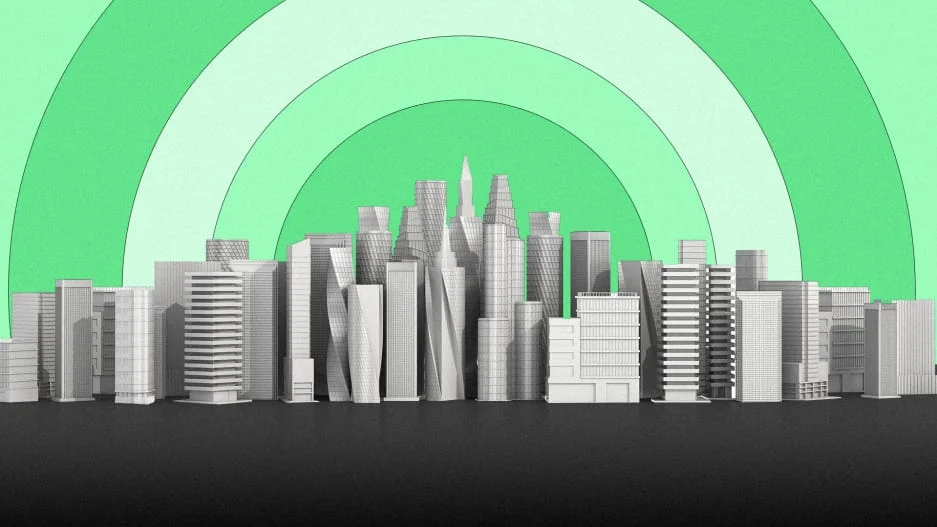Yesterday, Representative Alexandria Ocasio-Cortez and Senator Ed Markey introduced a policy framework for the Green New Deal, a project that has evolved from a grassroots movement of young people who staged protests in Washington this summer to a cause that has been taken up by emerging Democratic leaders.
The goals are extremely broad and bold–by design. In some ways, as Ocasio-Cortez herself told NPR today, it’s a plan that matches and exceeds the huge ambitions of Donald Trump’s border wall. Except, instead of investing billions in the lucrative border security industry, it would invest in building a strong workforce, green building and energy technologies, transit, and education.
The similarity between the two plans has to do with their scope and purpose. “I think that really what I hope we’re able to do as a party and as a nation is rediscover the power of public imagination,” Ocasio-Cortez told NPR. “I think that this is a very special moment and frankly that is something that that I think the president did do. In that he was able to take his profile and say here’s this hugely impossible thing that seems ridiculous, but I’m going to seriously push for it. And for him that’s his wall. . . He has no other picture of America except an America with a huge wall on the southern border. And I think that what we have a responsibility to do is show what is another America looks like.”
The Green New Deal begins by laying out the stakes: from mass migrations caused by climate crisis to the death of coral reefs and massive wildfires. It also puts numbers on those stakes, like the estimated $1 trillion risk to infrastructure in the U.S. and an estimated $500 billion in economic losses by 2100. In addition to setting goals for ending the massive accumulation of wealth by the top 1% since the Great Recession, its goals include closing the racial wealth gap and pushing gender parity forward–and for empowering workers to organize and bargain, to reverse wage stagnation and end anti-labor policies. In short, it’s a road map for policy goals that Alexandria Ocasio-Cortez and her peers want to accomplish over the next decade. Accomplishing those goals will include a range of policy-driven projects, from meeting 100% of the country’s power needs through net-zero methods to completely revamping public transit to ensuring healthcare and fair wages for everyone.
Also of note are the ways in which the plan would touch the building industries, from architecture to urban planning. It’s hard to overstate how important this is to mitigating climate change: 39% of CO2 emissions in the United States come from buildings. What’s more, building growth is exploding; global building stock will double by 2060, according to Architecture 2030, a group that seeks to curb the industry’s emissions, led by architect Ed Mazria. “This is the equivalent of adding an entire New York City every month for 40 years,” the group writes. “This new building stock must be designed to meet zero-net-carbon standards.”


